Scant improvement: Will allocation for education materialise?
The education budget increased by 1% compared to 2012-2013.
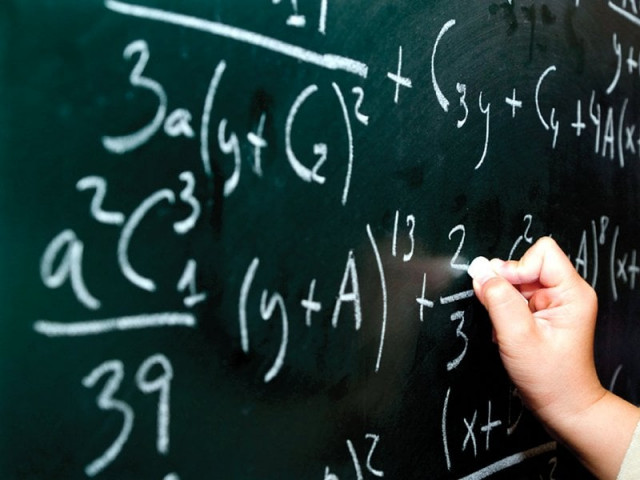
The government has allocated Rs1.605 billion for literacy and non-formal basic education, posting a 75 per cent increase in funds compared to Rs0.915 billion announced last year. PHOTO: FILE
The government claims to have made education a priority in the budget presented last week, but several experts are asking whether the generous allocations would make much of a difference.
The budget posted an 18 per cent increase in the allocations for education over last year. The total expenditure, current and development, comes up to Rs231 billion compared to Rs195 billion last year.
Idara-i-Taleem-o-Aagahi Programmes Director Baela Raza Jamil said the problem lay with the disbursement of funds rather than allocation. “Timely release of funds remains a chronic problem,” she said, “The government needs to address this issue.”
The budget for education was spread under various heads, Jamil said, “The people deserve to know where these funds will be spent.”
She said that it was encouraging that the government had shown an interest in supporting non-formal education.
The government has allocated Rs1.605 billion for literacy and non-formal basic education, posting a 75 per cent increase in funds compared to Rs0.915 billion announced last year. This is the largest increase (not the highest allocation in an education sub-sector). School education, higher education and special education too have larger allocations this year than in the previous year’s budget.
The other category allocated a significantly higher amount of funds compared to last year, is special education. It has been allocated Rs1.14 billion, a 63 per cent increase from Rs0.7 billion.
The government’s priorities can be judged by comparing increments in budgetary allocations over a number of years, former chief economist of the Planning Commission, Dr Pervez Tahir, said.
A comparative analysis of expenditure in each sector helped track budgetary priorities, he said. He said a Rs27 billion of provisions in the Annual Development Programme (ADP) for development in education did not mean much. It includes the current and development spending, he said.
The allocation for development in the budget is Rs290 billion, Rs240 billion for the ADP and Rs50 billion for “other development expenditures”. While the government has allocated 11 per cent of the ADP (Rs27 billion) for education, it has allocated almost Rs16 billion (32 percent of other development expenditures) for the TEVTA/TEVTEC, Danish Schools, Punjab Education Endowment Fund, Punjab Education Foundation, Punjab Technology University and the Internship Programme. The allocation for current expenditures is Rs41 billion, a 32 per cent increase compared to Rs31 billion, allocated in the 2012-2013 budget.
Despite the high percentage increases in allocation, the total education budget (current and development, at the provincial and district levels) this year, increased by only 1 per cent.
The total allocation for education was 25 per cent of the budget 2012-2013, it is 26 per cent this year.
Compared to its allocation in 2012-2013, the allocation for school education had only increased by 3.3 per cent as part of the development budget (from Rs15 billion last year, to Rs15.5 billion this year). The smallest increase in the development budget allocation was in higher education, 0.3 per cent compared to the allocation in the 2012-2013 budget. The higher education sector was allocated Rs6.65 billion in 2012-2013, this year it is Rs6.67 billion.
Institute of Social and Policy and Sciences Researcher Siddique Tareen said the budgetary allocation for development portrayed the government’s plans for progress in the province. “The average primary school student may lack access to water, electricity and washrooms,” says Tareen, “At times he may have no teachers. What outcomes are we talking about?”
I-SAPS Briefing on Punjab education Budget
The Institute of Social and Policy Sciences held a briefing on the education budget at Avari Hotel on Saturday. Around two dozen provincial assembly members attended the event. The briefing aimed at highlighting certain problems with the allocations for education in the budget 2013-2014.
Ali urged the MPs to ensure full and transparent utilisation of the funds.
Pakistan Tehreek-i-Insaf MPA Murad Rass said, “There was no pre-budget discussion.”
MPA Ahsan Riaz Fatyana said, “I will raise the issue of low-utilisation of funds in the assembly.”
Pakistan Muslim League-Nawaz MPA Lubna Rehman suggested a stipend for students from poor households.
MPAs Saira Iftikhar, Najeebullah Niazi and Rana Arshad highlighted the need to create awareness regarding technical education.
According to the Pakistan Education Statistics 2010-2011 for Punjab:
28 % of 4-9 year old children don’t go to school
9.3 million children of ages 5-16 don’t go to school
12.5 % of the primary schools don’t have running water
42 % of the primary schools don’t have electricity
18 % of the primary schools don’t have washrooms
18.9 % of the primary schools don’t have boundary walls
Published in The Express Tribune, June 26th, 2013.


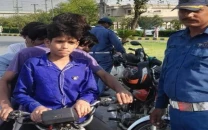

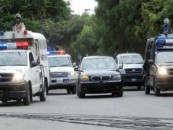
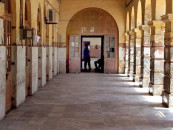

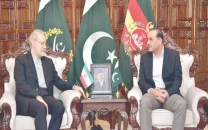
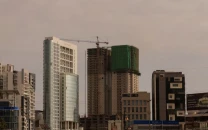
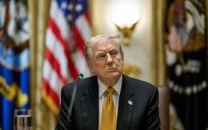
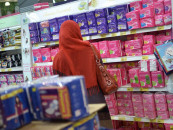
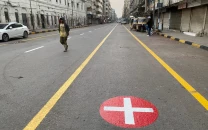
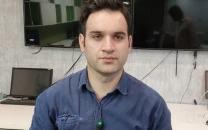






COMMENTS
Comments are moderated and generally will be posted if they are on-topic and not abusive.
For more information, please see our Comments FAQ